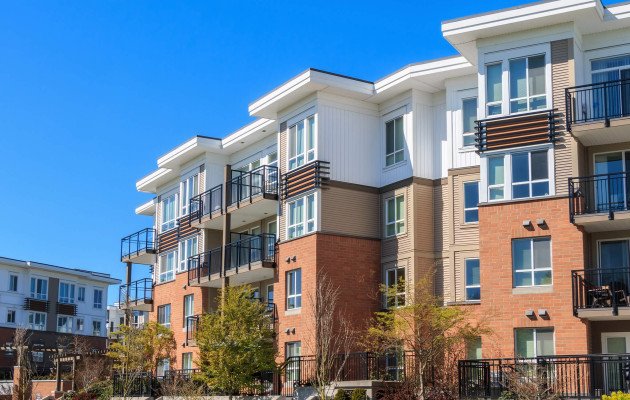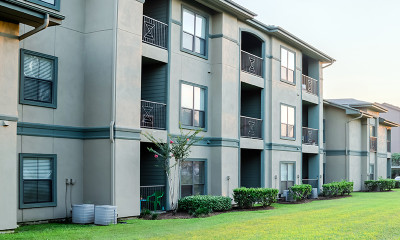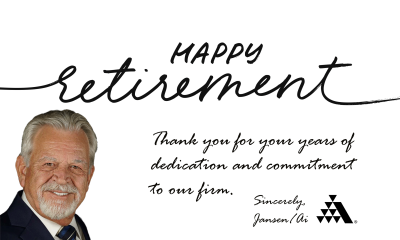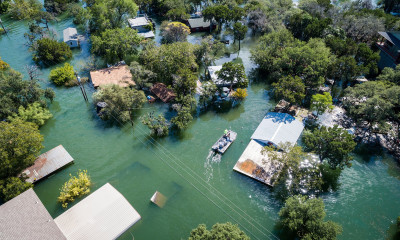Multi-Unit Housing: Are Property Managers Prepared?
The COVID-19 pandemic has been declared over (fingers-crossed) and public health emergency declarations will end in May, but our experience with the coronavirus is that it will have a lasting impact on the already complicated job of managing multi-unit residential properties. It brought to light a previously unexpected risk compounding the many challenges already facing landlords and association boards in dealing with natural and manmade disasters; especially when determining their responsibility for property and liability losses.
There could be another pandemic in the future, but it is more probable that property losses from common perils will occur. Whether it is landlords or their property managers dealing with rental units or associations managing the common property of unit-owners, those in charge of multi-unit housing communities may again find themselves forced to fund ongoing operations when rental or assessment revenue is depressed. They will also have to deal with a complicated property damage and loss of income insurance claims process and then restore the property and the operations back to normal.
With multi-family facilities, there can be very diverse interests and responsibilities when a loss occurs. Our Adjusting Today issue published in 2021 addressed some of the many issues to consider. The post pandemic period has motivated us to revisit some of the fundamentals of insuring multi-family properties in an effort to mitigate risk. The following is a recap of the highlights of this edition of Adjusting Today.
Property Exposure
This Adjusting Today article describes in detail how anyone involved in owning, renting, using, or managing a unit in a multi-unit housing facility is well-advised to understand exactly who owns what property under the terms of leases or association agreements, and whether those terms assign any responsibility for insuring that property.
Landlords typically own all of their buildings’ structures and fixtures, as well as large appliances in rental dwellings; tenants usually own only their movable personal property. That’s not always the case, however.
If a tenant owns the major appliances or has an ownership interest in any improvements to a unit, the tenant will want to ensure that it has a renter’s policy with a sufficient property limit to replace the renter’s property in the event it is damaged or destroyed. If a tenant’s property includes any structural improvements or fixtures (which is rare), the tenant will want building property coverage (typically not provided under a renter’s policy) added to its policy by endorsement.
In condominium and co-operative housing arrangements, ownership interests and insurance responsibilities are laid out in association by-laws. Among other things, these by-laws establish whether and to what extent a unit-owner or the association owns building fixtures (e.g., plumbing) within living units, and whether insurance for damage to such fixtures is expected to be provided under an association’s commercial property policy or a resident’s unit-owners policy.
In managing this exposure, the parties also need to determine if the causes of loss (“perils,” e.g., fire, wind, water, etc.) insured against under the association and unit-owners policies coincide.
Liability Exposure
The more people you bring together in one location, the more exposure you will have for liability for bodily injury to someone or damage to their property. This applies to residents as well as managers of multi-unit housing facilities.
An individual tenant can be held liable for injury to guests and other tenants. This can include illness spread by negligent behavior during public health emergencies. Also, depending on circumstances, a tenant can be liable for damage to the common property of the association or rental community, and for damage to the property of individuals.
For these reasons, unit-owners in condominium communities are generally required to have personal liability coverage included in their unit-owner’s policies. These liability exposures are also a reason why a growing number of landlords are requiring rental tenants to have renters’ insurance policies that include coverage for bodily injury and property damage liability.
As for landlords and condo associations, they rely on commercial general liability policies that cover their legal liability for damage or injury to residents, guests, and others. Those policies include coverage for claims of personal injury (such as invasion of privacy, false arrest, or wrongful release of private information), important coverage for those in the business of managing relations among multiple residents.
These considerations and more are discussed in detail in this edition of Adjusting Today, accompanied by several detailed tables for identifying important risk factors and insurance provisions.









